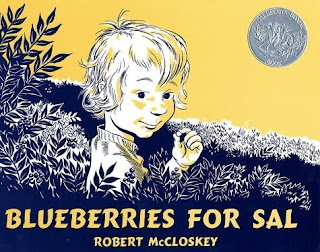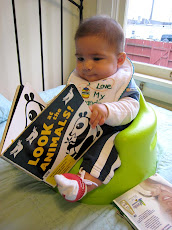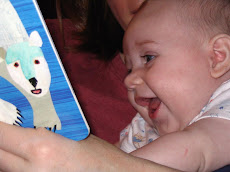
Did you know that children six and under spend an average of two hours a day with screen media, mostly TV and videos? (Kaiser Family Foundation)
The current recommendation from the Canadian Pediatric Society is to limit screen use (TV, videos and computer games) to one hour per day or less. The American Academy of Pediatrics recommends no television for children under age two, saying that parents should focus on interacting with their children instead. France's broadcast authority has banned French channels from airing TV shows aimed at children under three years old, to shield them from developmental risks it says television viewing poses at that age. "Television viewing hurts the development of children under three years old and poses a certain number of risks, encouraging passivity, slow language acquisition, over-excitedness, troubles with sleep and concentration as well as dependence on screens," the ruling said.
A television doesn’t talk to children, it talks at them. A television can’t talk back to a child and talking back is what learning language is all about (Mem Fox)
There are so many other fun things your child could be doing.


































